Introduction
Normally, sleep cycle is cyclic during when the body transitions between the above mentioned sleep stages. During a monophasic schedule, each cycle lasts approximately 90 minutes. However, this can vary between 80-120 minutes from person to person1. In the case of natural wakes, people will on average sleep for 5 of these cycles for a total of around 8 hours of sleep.
The first cycle starts off with a few minutes of NREM1 sleep; then, each subsequent cycle has the following structure:
Monophasic Sleep Cycle
For a monophasic sleeper, the night would likely look like this:
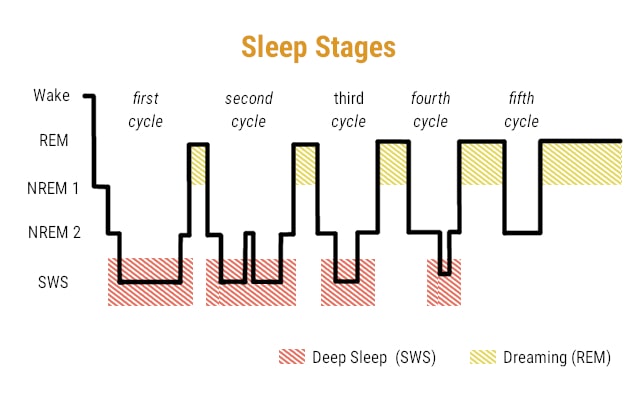
Every sleep cycle theoretically contains some amount of SWS and REM. However, due to influences of the circadian rhythm, SWS is often most prevalent in the evening, and REM is more prevalent in the morning2.
Assuming the sleeper is not sleep deprived, the cycle structure is quite predictable.
- The first 25-27 minutes are typically spent in light sleep; then the SWS stage begins.
- After this, the body transitions through NREM2 into the REM phase3.
- Under SWS deprivation, SWS onset will be a bit faster than normal. Thus, when severely SWS deprived, it is possible to reach SWS in mere minutes after sleep onset4.
Each day has roughly the same amounts of each sleep stage. Taking an 8-hour monophasic schedule as a baseline would be as follows:
- NREM1 & NREM2: 50-60% (4-5 hours)
- SWS: 20-25% (90-120 minutes)
- REM: 20-25% (90-120 minutes)
Depending on external circumstances, it is possible that REM and SWS requirements could be higher or lower each day. For instance, doing heavy sports would increase SWS need due to muscle healing and tissue repair. The baseline requirements also vary between persons.
Polyphasic Sleep Cycle
Under polyphasic sleep, a regular sleep cycle becomes a lot different. This depends on the circadian timing and placement and the current level of homeostatic pressure before each sleep session. Apparently, this includes both naps and cores.
For clarification, the Zeo EEG readings below show the following on the charts:
- Green: REM sleep
- Deep blue: Slow-wave sleep
- Light blue: NREM1 / NREM2
- Red: Awake
Naps
Contrary to the expectation that naps look like miniatures of nocturnal sleep, there has been evidence for differences in nap architecture5. In fact, results have been consistent under different studies. However, it is crucial to account for personal REM/SWS differences when looking at these EEG readings. They may or may not apply to you!
Early Naps
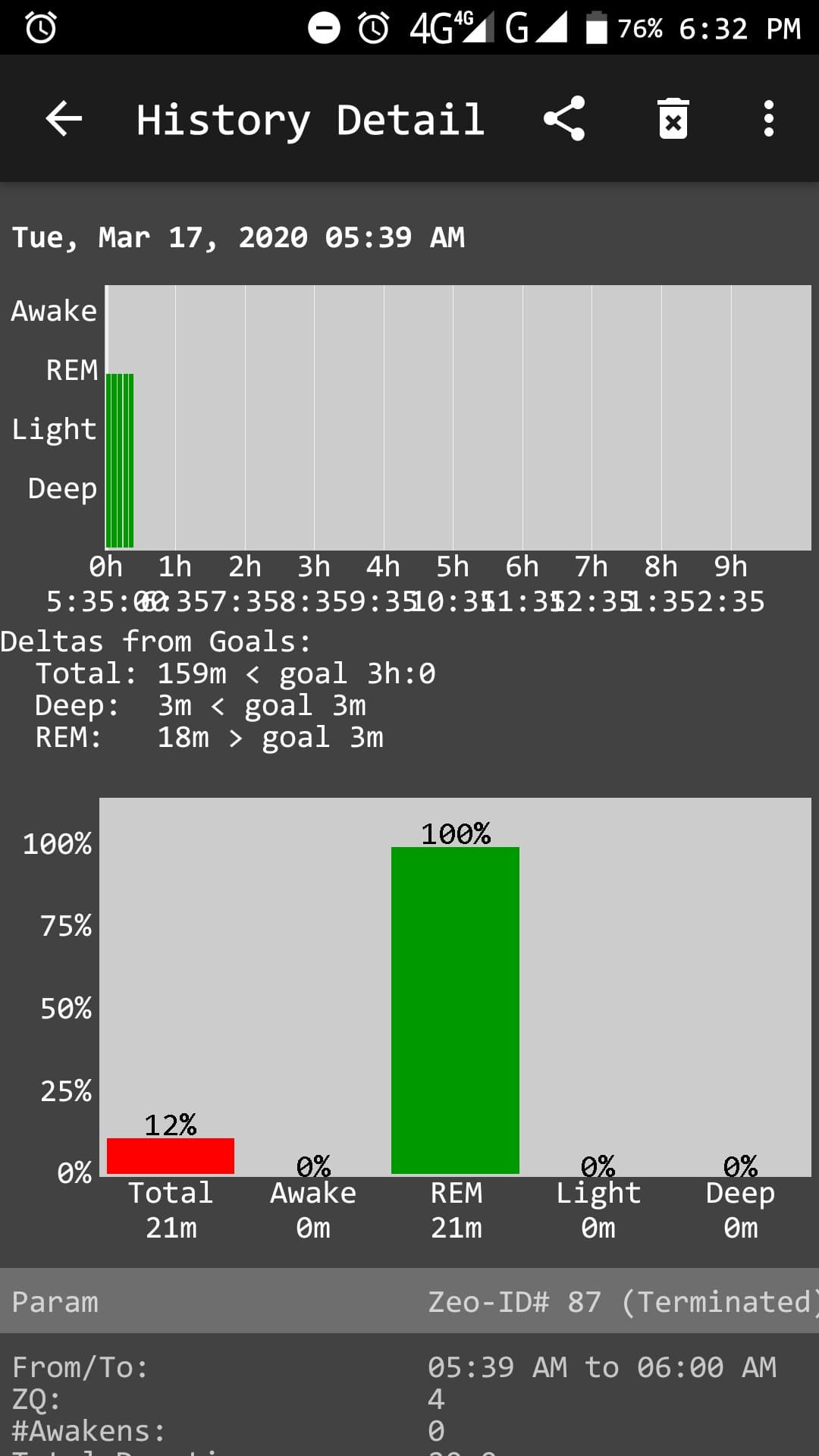
- REM naps show a very pronounced pattern of occurrence. Early daytime naps are found to consistently contain REM sleep if their placement is from 8 AM to midday5. During this time, REM sleep latency is very short, which means it is quick to approach REM sleep from sleep onset.
- Despite some inconsistency, the REM nap in E3 (3.5h core) above still contains mostly REM sleep at 6 AM, around the start of REM peak hours.
Late naps
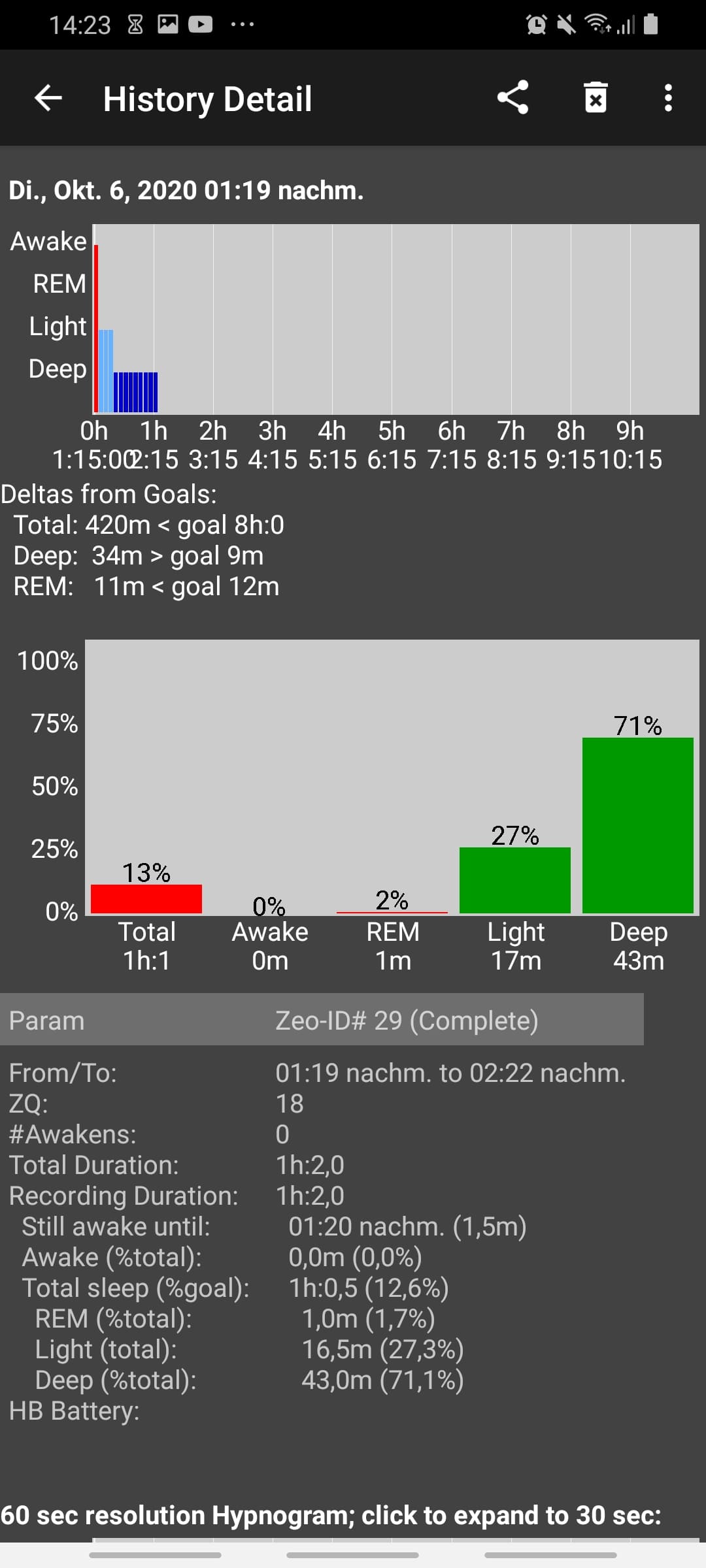
- SWS naps, on the other hand, are more prevalent in afternoon and evening naps5. Specifically, evening naps have the most SWS amount.
Afternoon naps
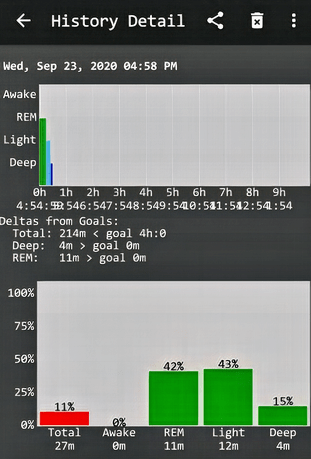
- Afternoon naps do not have the same sleep architecture as the beginning and end portions of nocturnal sleep. Therefore, it may imply that afternoon naps have mostly light sleep, or even different sleep stages. This is because the beginning portion of nocturnal sleep has the most SWS, while the end portion favors REM sleep.
- The late E1 nap above is at 5 PM, which is mid-afternoon. Thus, it contains less REM sleep and more NREM sleep than a nap in REM peak.
Cores
Regular Everyman Sleep Cycle
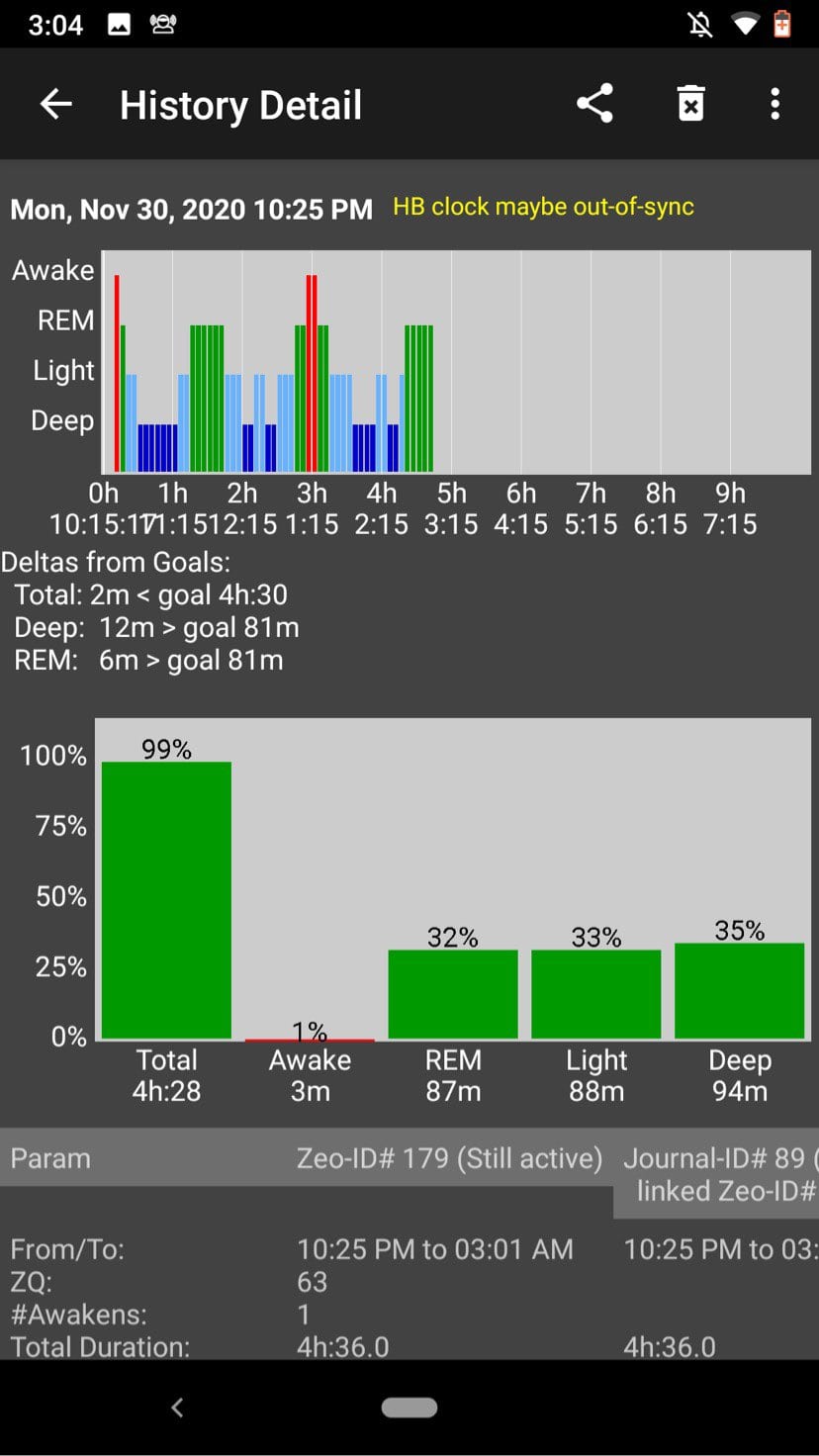
- If the core sleep occupies most nocturnal hours (e.g, Biphasic or extended Everyman variants), then the core sleep still probably follows the regular cycle order, 90m in length approximately.
- The E3-extended core above still shows 3 full sleep cycles lasting for approximately 90m each.
- All these cycles contain SWS followed by REM sleep like a regular order of a sleep cycle.
Multi-core Sleep Cycle
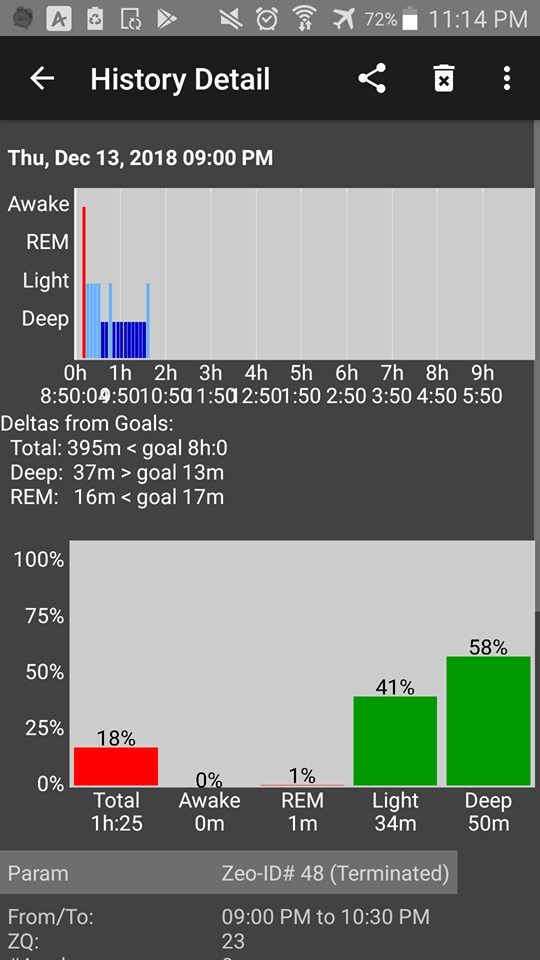
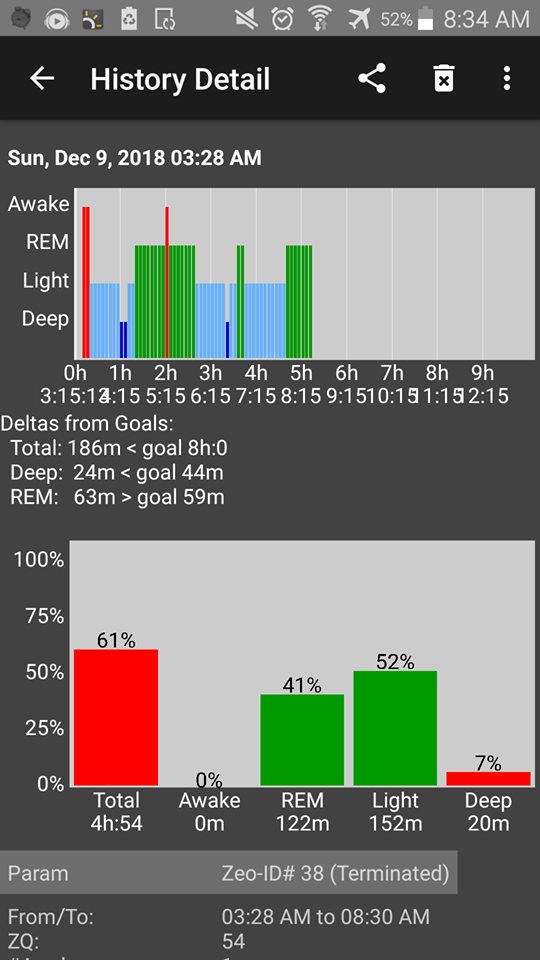
On a schedule with core sleeps around SWS and REM peaks, the cycle length may not follow the normal monophasic sleep’s rules.
- Segmented sleep above shows that the first core, despite lasting only 90 minutes, contains primarily SWS. The sleep cycle duration still follows the 90-minute rule, but there is no transition from SWS to REM sleep.
- The second core, being a whopping 5h long, contains trace SWS and predominantly REM sleep and NREM2 as a transitional sleep stage.
- Most notably, the REM sleep cycle seems to lengthen with one solid block of uninterrupted REM sleep for more than 1h. This speaks to the variety of sleep cycle changes on a polyphasic sleep regime, where a core sleep, like short naps, can heavily favor a specific sleep stage.
- Given that the first core sleep wholly occupies SWS peak hours and the second core sleep takes most REM peak hours, the sleep architecture checks out for SWS and REM respectively.
Conclusion
Sleep cycle, while seemingly a simplistic concept in monophasic sleep conditions, demonstrates its sophistication in polyphasic sleeping. The overall sleep architecture of a core sleep can follow certain rules (e.g, sleep peaks) or repartitioning of its own. Individual differences play a huge factor in the diversity of EEG showcases.
In addition, it is reasonable to expect a lot of changes in sleep architecture while adapting to a polyphasic sleep schedule and after adaptation is complete. Regardless, more research is necessary on the sleep cycles within each polyphasic schedule to discover more rules.
Main authors: GeneralNguyen & Jelte1234
Page last updated: 21 January 2021
Reference
- Brandenberger G, Ehrhart J, Piquard F, Simon C. Inverse coupling between ultradian oscillations in delta wave activity and heart rate variability during sleep. Clin Neurophysiol. 2001;112(6):992-996. [PubMed]
- Czeisler C, Zimmerman J, Ronda J, Moore-Ede M, Weitzman E. Timing of REM sleep is coupled to the circadian rhythm of body temperature in man. Sleep. 1980;2(3):329-346. [PubMed]
- Natural Patterns of Sleep. Harvard Medical School – Healthy Sleep. http://healthysleep.med.harvard.edu/healthy/science/what/sleep-patterns-rem-nrem. Published December 18, 2007. Accessed November 4, 2018.
- Borbély AA, Baumann F, Brandeis D, Strauch I, Lehmann D. Sleep deprivation: Effect on sleep stages and EEG power density in man. E. 1981;51(5):483-493. doi:10.1016/0013-4694(81)90225-x.
- Stampi, Claudio. Why We Nap : Evolution, Chronobiology, and Functions of Polyphasic and Ultrashort Sleep. Birkhauser, 2014.
